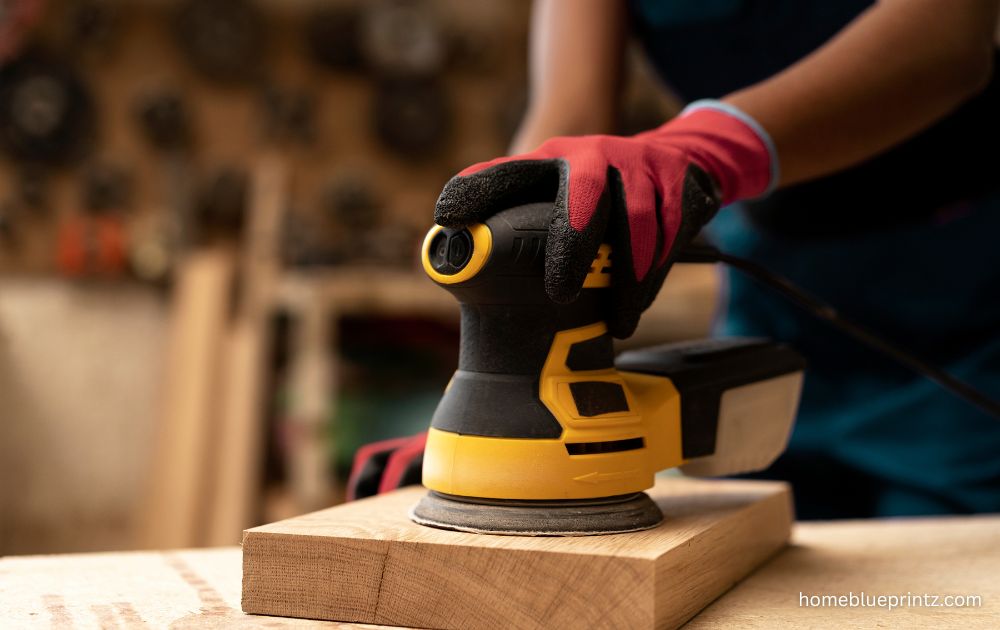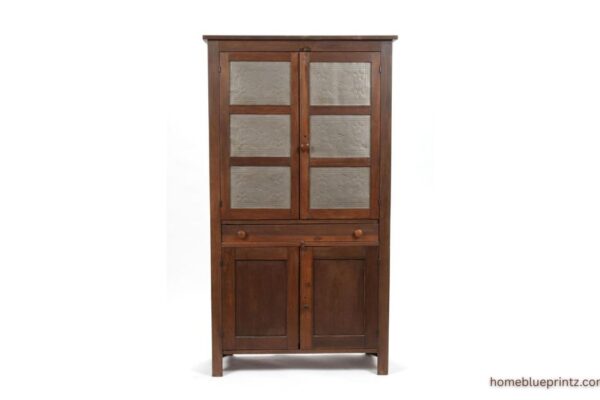When it comes to refinishing or restoring your furniture, having the best sander for furniture can make all the difference. Whether you’re a DIY enthusiast or a professional woodworker, the right sander can help you achieve silky-smooth finishes, eliminate imperfections, and save hours of manual labor.
In this guide, we’ll explore the top sanders for furniture, their types, features, and expert tips on how to use them effectively for flawless results.
Why Choosing the Right Sander Matters
Selecting the best sander for furniture isn’t just about convenience, it’s about craftsmanship. The right tool helps you create even surfaces, enhances the wood’s natural grain, and ensures the finish adheres beautifully. Poor-quality sanders, on the other hand, can cause swirl marks, uneven sanding, and wasted effort.
Types of Sanders for Furniture
Factors to Consider Before Buying
Before investing in a sander, it’s important to think about what kind of projects you’ll be working on and how often you’ll use the tool. Look for models with adjustable speed controls, efficient dust collection, and a comfortable grip to make sanding smoother and cleaner. The sander’s weight, power, and ease of handling can also affect your results, especially during long sessions. Lastly, consider the cost and availability of replacement sandpaper to ensure long-term convenience and value.
Top 5 Best Sanders for Furniture
1. Bosch ROS20VSC Random Orbital Sander
Known for its precision and variable speed, the Bosch ROS20VSC offers smooth finishes with minimal vibration.
Pros: Great dust control, ergonomic design, consistent speed control.
Cons: Slightly higher price point.
2. DEWALT DWE6423K Variable Speed Sander
DEWALT’s sander is a powerhouse with variable speeds for ultimate control.
Pros: Low vibration, strong build, effective dust collection.
Cons: Slightly heavier than others.
3. BLACK+DECKER BDERO100 Orbital Sander
Perfect for beginners and small projects, this sander is affordable yet efficient.
Pros: Budget-friendly, compact size.
Cons: Limited power for large surfaces.
4. Makita BO5041K Random Orbit Sander
Makita’s model delivers a professional-grade finish with adjustable handles for comfort.
Pros: Versatile, excellent control, smooth operation.
Cons: Slightly noisy at higher speeds.
5. WEN 6301 Electric Detail Sander
Ideal for intricate work, corners, and edges.
Pros: Compact, precise, budget-friendly.
Cons: Not suitable for large areas.
Best Sander for Furniture Refinishing
When refinishing furniture, you often need a tool that can remove old finishes without damaging the surface.
For stripping paint or varnish, go with the DEWALT DWE6423K. For fine detailing, the WEN 6301 shines due to its precision tip.
How to Sand Furniture Properly
-
Start with coarse grit (80-100) to remove old finishes.
-
Move to medium grit (120-150) for smoothing.
-
Finish with fine grit (180-220) for a silky surface.
-
Always sand with the grain to avoid scratches.
-
Wipe surfaces clean before switching grits.
Safety Tips When Using Sanders
Before starting any sanding project, always prioritize safety to protect yourself from dust, debris, and potential injuries. Follow these essential tips to ensure a safe and smooth sanding experience.
-
Wear protective gear such as safety glasses, ear protection, and a dust mask.
-
Keep your workspace ventilated to avoid inhaling dust particles.
-
Secure your workpiece firmly before sanding to prevent slipping.
-
Unplug the sander before changing sandpaper or cleaning it.
-
Avoid loose clothing or jewelry that might get caught in the tool.
-
Maintain a firm grip and operate the sander with both hands.
-
Inspect power cords and sanding pads regularly for damage.
Maintenance Tips for Long-Lasting Sanders
To keep your sander performing at its best, regular maintenance is key. A few simple habits can extend its lifespan and ensure smooth, efficient operation every time.
-
Clean the dust bag or filter after each use to prevent clogging.
-
Inspect sanding pads regularly and replace worn ones promptly.
-
Check power cords for any signs of damage or wear.
-
Tighten loose screws or attachments to maintain stability.
-
Store in a dry place to avoid moisture damage to electrical components.
Corded vs Cordless Sanders
When deciding between corded and cordless sanders, it’s all about balancing power and convenience. Corded sanders provide consistent, uninterrupted power, making them ideal for long, demanding furniture projects. On the other hand, cordless sanders offer unmatched flexibility and mobility, perfect for working in tight spaces or areas without easy access to power outlets. If you prioritize steady performance, go corded; if portability matters more, cordless is the way to go.
Accessories and Attachments to Enhance Performance
Upgrading your sander with the right accessories can significantly boost its efficiency and results. Attachments like dust extractors help keep your workspace clean, while sanding pads and polishing discs allow for smoother finishes on different materials. You can also use edge guides for better control and precision on corners or narrow areas. Investing in quality add-ons not only saves time but also extends the lifespan of your sander.
Eco-Friendly Sanding Options
Expert Tips for Achieving Smooth Finishes
Achieving a flawless, silky surface takes more than just sanding—it’s about using the right techniques and tools. Follow these expert tips to get professional-grade results every time.
-
Start with coarse grit and move gradually to finer grits.
-
Always sand with the grain to avoid visible scratches.
-
Keep consistent pressure, don’t press too hard.
-
Wipe the surface clean between each grit change.
-
Finish by hand-sanding with fine grit for a smooth, polished touch.
Conclusion
Finding the best sander for furniture depends on your project’s size, material, and desired finish. From robust belt sanders to precise detail sanders, each tool has its unique advantage. Investing in a reliable sander will save you time, improve results, and make your furniture projects far more enjoyable.
FAQs best sander for furniture
1. What is the best sander for beginners?
The BLACK+DECKER BDERO100 is perfect for beginners due to its simplicity and affordability.
2. Can I use a random orbital sander on painted furniture?
Yes, it’s ideal for removing old paint layers smoothly and evenly.
3. What grit sandpaper should I use for finishing wood furniture?
Use 180–220 grit for a fine, smooth finish.
4. How do I prevent swirl marks while sanding?
Keep the sander moving steadily and don’t apply excessive pressure.
5. Which sander is best for detailed corners?
The WEN 6301 Electric Detail Sander is excellent for intricate or tight areas.








